#slavic tradition
Text
Braids & Ribbons🎀
In most Slavic cultures, it was a tradition for unmarried girls to have their hair in braids, and in some cultures, tied with a ribbon too.
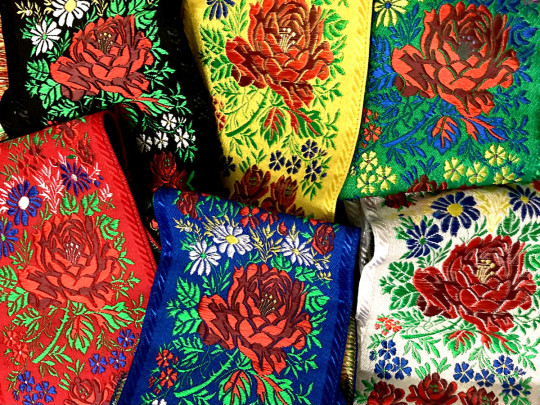

Once a girl got married, she would have to tuck and hide her hair in a headdress, headscarf or cap/bonnet. (I will talk more about this in my next posts❤️)

In many cultures, as part of the marriage ceremony, girls would have their hair braided into two parts, then put into a crown hairstyle as shown above, before finally having their hair covered during or after the ceremony.
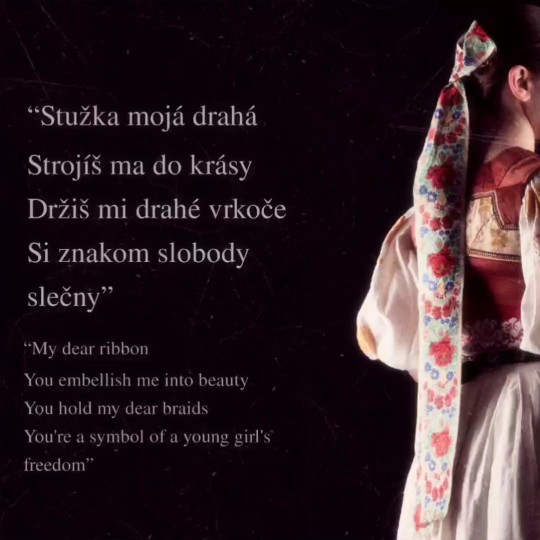

Braids and ribbons can symbolise a young girl's beauty and freedom❤️
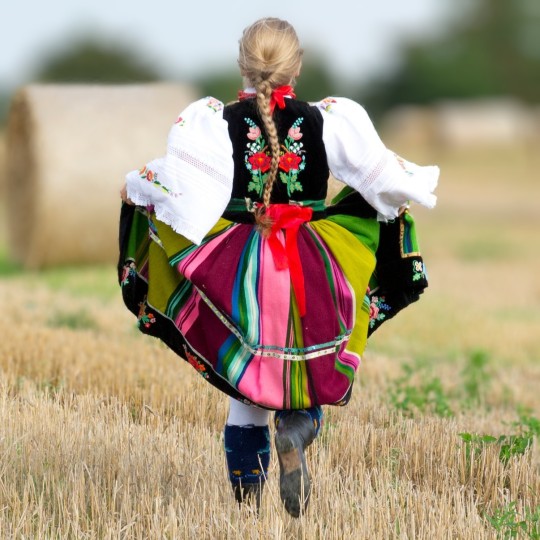

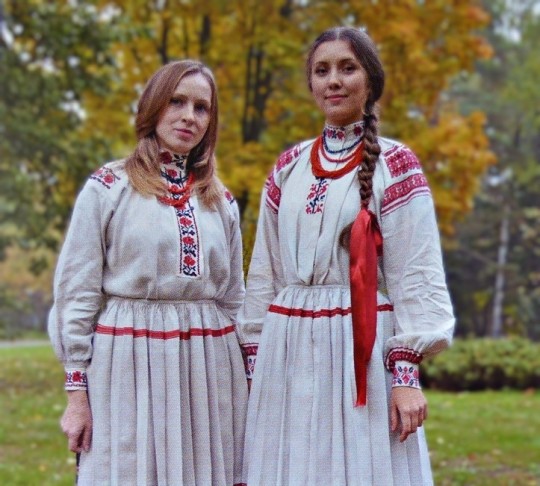
In many areas, ribbons are worn on the tail of the braids as shown above, at the top from the Łowicz region, Poland🇵🇱 & from the Brest (Брест) region, Пружаны, Belarus🇧🇾❤️


An embellished ribbon from Očová, Slovakia🇸🇰❤️
~~~~~~
419 notes
·
View notes
Text


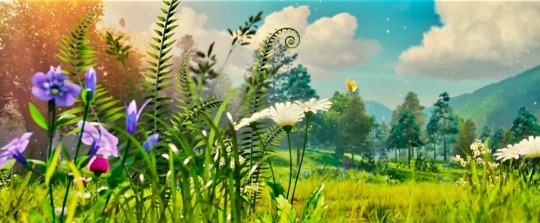

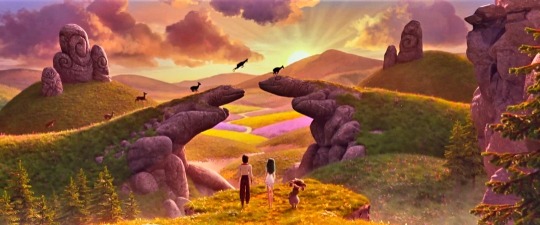
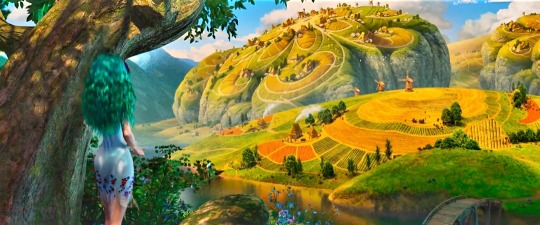




Mavka: The Forest Song (2023)
Directed by Oleksandra Ruban & Oleh Malamuzh
#mavka the forest song#filmedit#animationedit#ukraine#ukrainian movie#animated movie#ukrainian movies#ukrainian folklore#slavic folklore#animated movies#mavka#ukrainian mythology#slavic tradition#female directed movie#female directors#movie aesthetic#landscape#nature#animals
250 notes
·
View notes
Text
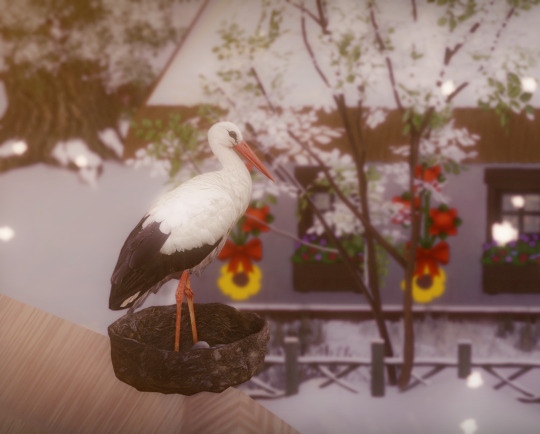

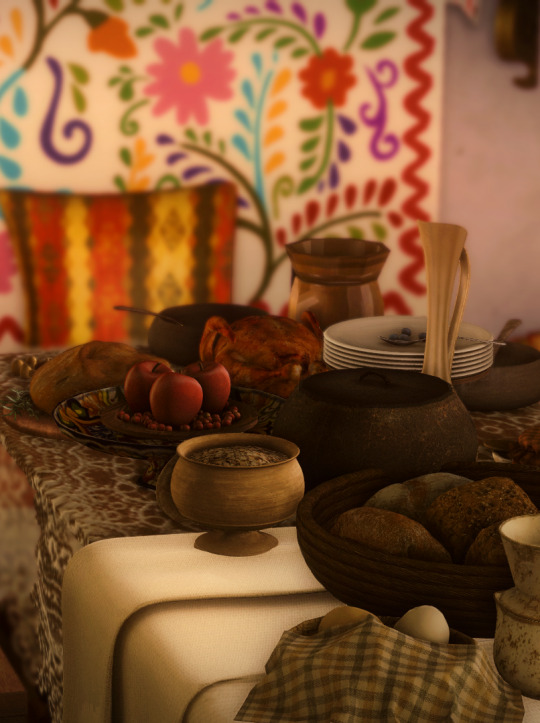
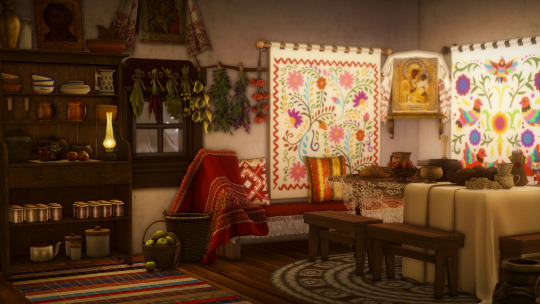


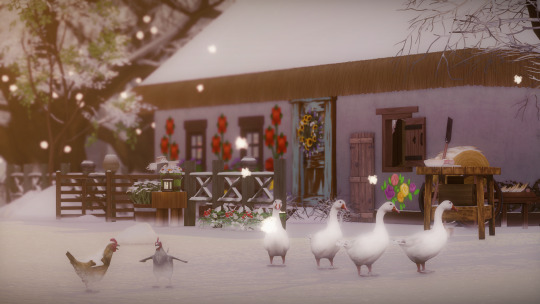

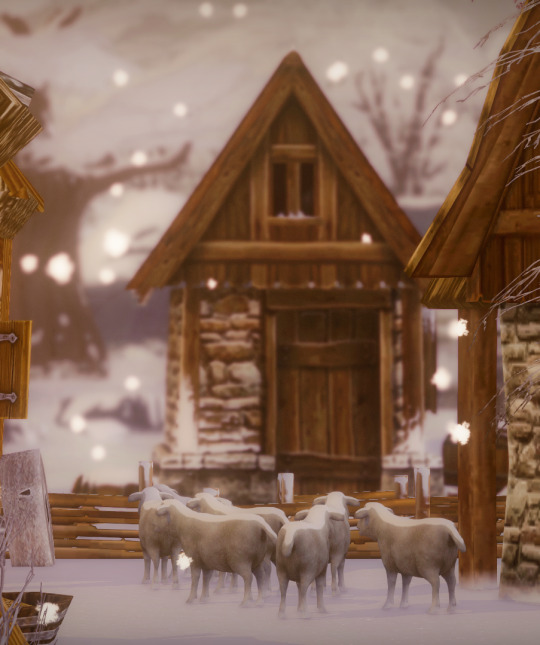
Setting to my next little story~
I miss the warm holiday evenings, when we wore something from national clothes, sat down to dinner on Christmas Eve and watched films based on the Christmas motifs of Gogol's stories. I miss the taste of mom's kutia (ritual dish) and the one that my aunt brought to taste the next day. It seems that there was even more snow back in the days.
Today there is nothing. No holiday, no kutia, no family evenings. Only the wailing of air raid sirens, news about the deaths of compatriots and fear for the lives of loved ones.
Custom content by @lilis-palace @kerriganhouse @syboubou @pinkbox-anye @simverses and others~
#sims#the sims 4#sims 4#ts4#simblr#sims 4 historical#ts4 historical#sims 4 story#ts4 story#ukrainian culture#slavic folklore#slavic tradition
136 notes
·
View notes
Text
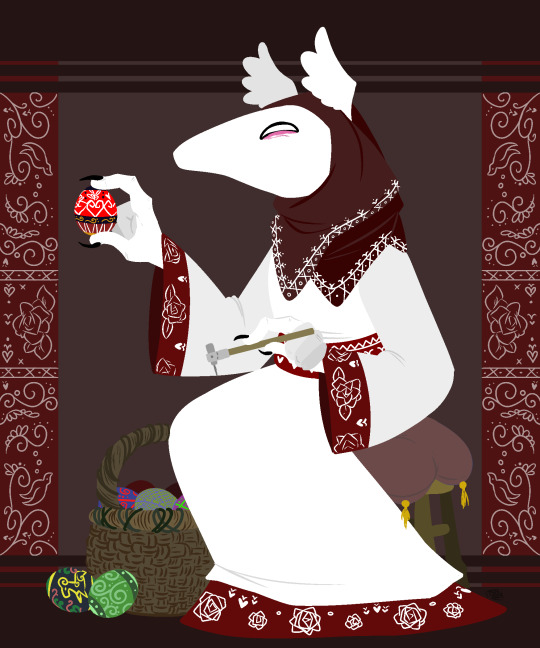
Happy Easter; Have you heard of Pysanky Eggs? They're a Ukrainian Custom of decorating eggs with beautiful patterns with wax and dye, depicting traditional patterns, designs and symbols to ward off evil.
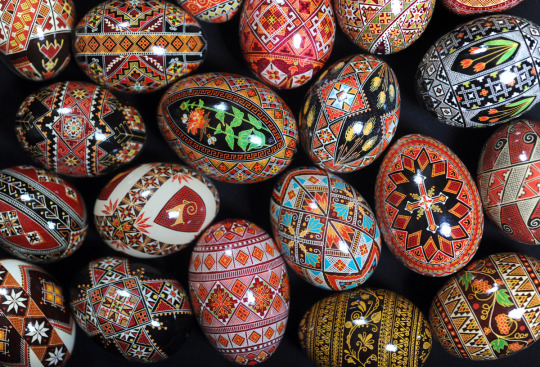
Each color and pattern means something unique; ranging from religious iconography to traditional folktale patterns, even to the colors having their own symbols.
I'm honestly a big fan
#TSB Draws#Pysanky Egg#Pysanky#Grandmother Beetroot#Beetroot#Babushka Beetroot#Granny Beets#Slavic tradition#Ukrainian eggs
264 notes
·
View notes
Text

Folk costumes from Krzczonów, Lublin area.
#poland#polska#slavic#polish folk#slavic folklore#polish folklore#slavic folk#slavs#folk#folk costume#slavic tradition#dance#tradition#folk costumes#polish costumes#polish embroidery#slavic culture#polska tradycja#polski tumblr
224 notes
·
View notes
Text

Father or Prince Christmas, carrying the Yule log, illustration from 1848. The personification of Christmas was part of the centuries-old European folkloric tradition of pre-Christian midwinter celebrations, associated with the Slavic god of the Sun and fire, as well as with counterparts in other religions, and with the burning of an oak log or sapling on each hearth to restore strength to the Sun and enter the period of its rise and the lengthening of the day. From 1780: “Here comes I, old Father Christmas, welcome or welcome not, I hope that old Father Christmas will never be forgot…”
#slavic mythology#mythology#classical mythology#folklore#slavic folklore#mythology and folklore#folk traditions#slavic culture#ancient wisdom#slavic mythology net#SlavicMythologyNet#mythical creatures#mythological creatures#mythical beings#mythological creature#fantasy creature#slavic tradition#slavic myths#myths and legends#slavic fantasy#legendary creature
61 notes
·
View notes
Text





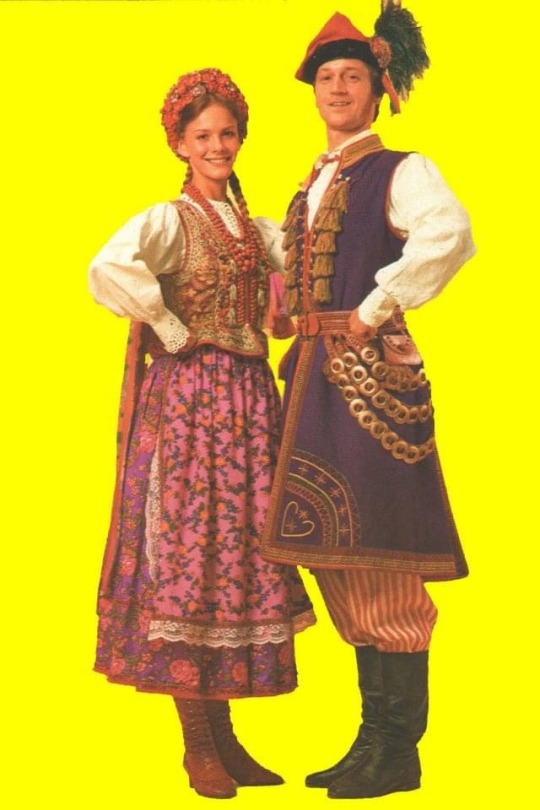



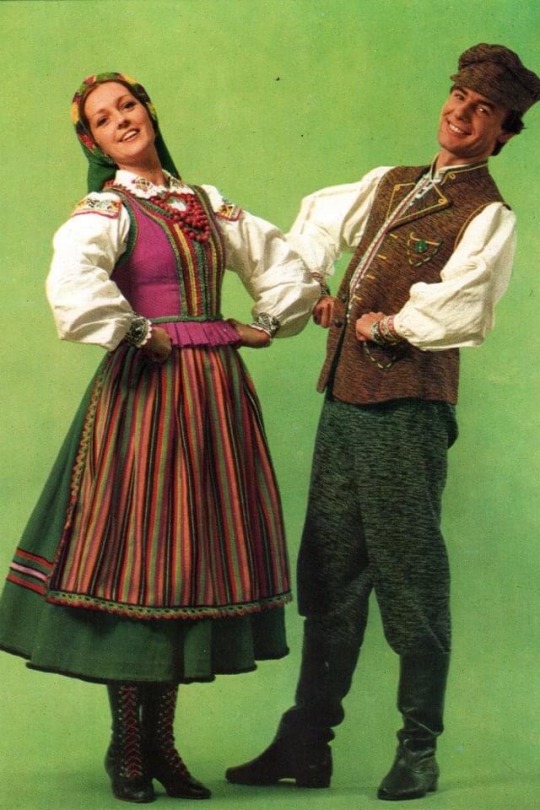
Państwowy Zespół Ludowy Pieśni i Tańca "Mazowsze" im. Tadeusza Sygietyńskiego
#slavic#slavic folklore#folklor#slavs#traditional#poland#slavic culture#slavic folk#beautiful#slavic tradition#slavic embroidery#polish
198 notes
·
View notes
Text
As a fact of history and problem of contemporary geopolitics, Russia’s nature as an imperial power is incontrovertible. After World War I, the Russian Empire avoided the permanent dismemberment that befell other multi-ethnic land empires, such as the Ottoman Empire and Austria-Hungary. The Soviet Union not only reconquered most of the non-Russian lands that had declared independence from Moscow in the wake of the 1917 Bolshevik Revolution (including Ukraine, Belarus, Georgia, Armenia, and Azerbaijan)—but even expanded the empire in the course of World War II, annexing Moldova, the western part of Ukraine, and other lands. Nor did the Soviet Union participate in the decolonization era. Even as the French and British empires were being dissolved, the Soviet Union was expanding its colonial reach, tightening its grip deep into Eastern and Central Europe with bloody crackdowns and military actions.
[...]
During the Cold War, Western universities, research institutions, and policy think tanks opened numerous centers and programs for Soviet, Russian, and Eurasian studies in a bid to better understand the Soviet Union and its heritage. However, these efforts had a strategic flaw: Born in an era when Moscow’s control reached far beyond today’s Russian borders, these programs inevitably framed the region through a Moscow-centric lens. Today, even as they dropped “Soviet” from their name, most of these programs have inherited this old Moscow-centric framing, effectively conflating Russia with the Soviet Union and downplaying the rich histories, varied cultures, and unique national identities of Eastern Europe, the Baltic States, the Caucasus, and Central Asia—not to mention the many conquered and colonized non-Russian peoples inhabiting wide swathes of the Russian Federation.
[...]
In many cases, Western academic programs require students to study the Russian language—often including courses in Moscow or Saint Petersburg—before they have the option of studying any of the region’s other languages, if they are so inclined and if those languages are even offered. A similar problem affects cultural studies, including literature and art, where the many ways Russian works—including the classics read by countless high school and university students—transport Moscow’s imperial ideology are rarely addressed. This only perpetuates the habit of looking at the former Soviet-controlled and Russian-occupied space through the prism of the world’s last unreconstructed imperial culture. Unwittingly, today’s Russia studies in the West still replicate the worldview of an oppressor state that has never examined its history and is nowhere near having a debate about its imperial nature at all—not even among the Russian intellectuals or so-called liberals with whom Western students, academics, and analysts generally interact and cooperate.
Finally, Western academia also presents Russia itself as a monolith, with little or no attention paid to the country’s Indigenous peoples. By now, many who study Russian history are at least vaguely familiar with the Stalin-era genocide of the Crimean Tatars and their replacement on the peninsula by Russian settlers. But why not shed more light on the Russian conquest and subjugation of Siberia, one of the most gruesome episodes of European colonialism? Or Russia’s 19th-century mass murder of the Circassians, Europe’s first modern-era genocide? What have we learned about the short-lived Idel-Ural state, a confederation of six autonomous Finno-Ugric and Turkic republics crushed by the Bolsheviks in 1918? Why not highlight Tatarstan, which proclaimed its independence from Russia in 1990? Nascent efforts to give Russia’s Indigenous peoples a voice have gotten underway, including the Free Peoples of Russia Forum that last convened in Sweden in December 2022—but they have hardly registered in Western academia. Not only are Western scholars’ interests and relationships Russia-centric; within Russia, those relationships and contacts are Moscow-centric. It’s as if Russia’s highly diverse regions didn’t exist.
#russia#russian culture#russian inmperialism#slavic studies#slavic tradition#slavic culture#decolonisation#postcolonialism#imperialism#rashism#rushism#academia
196 notes
·
View notes
Photo

Slovenian post card depicting st. George as folk tradition understands him.
He is bringer of spring and blooming flowers, substituting for fertility deity Jarilo.
Author: Maksim Gaspari
717 notes
·
View notes
Text

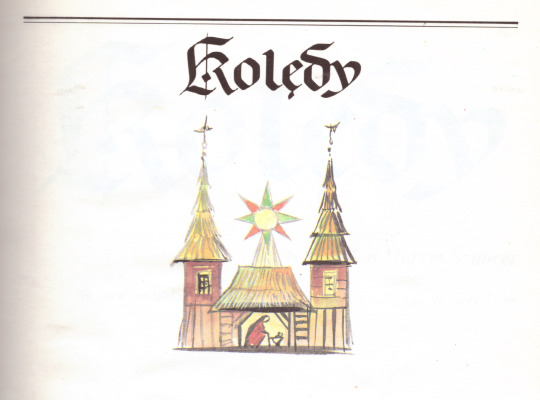




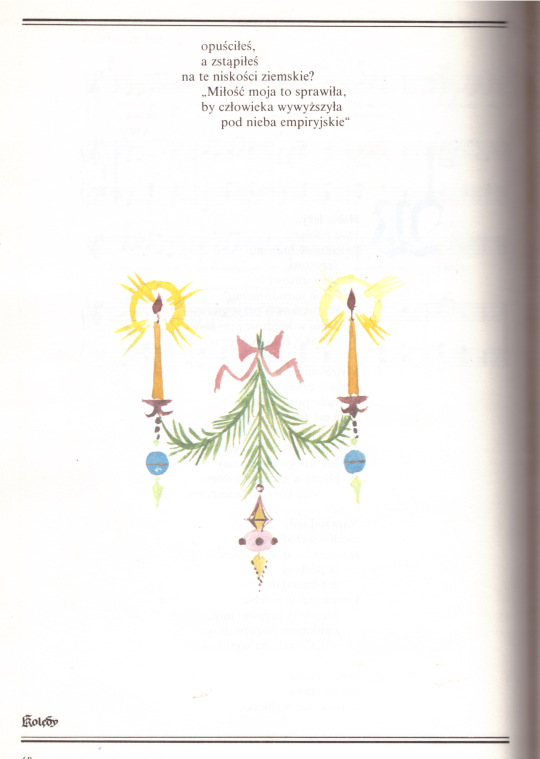


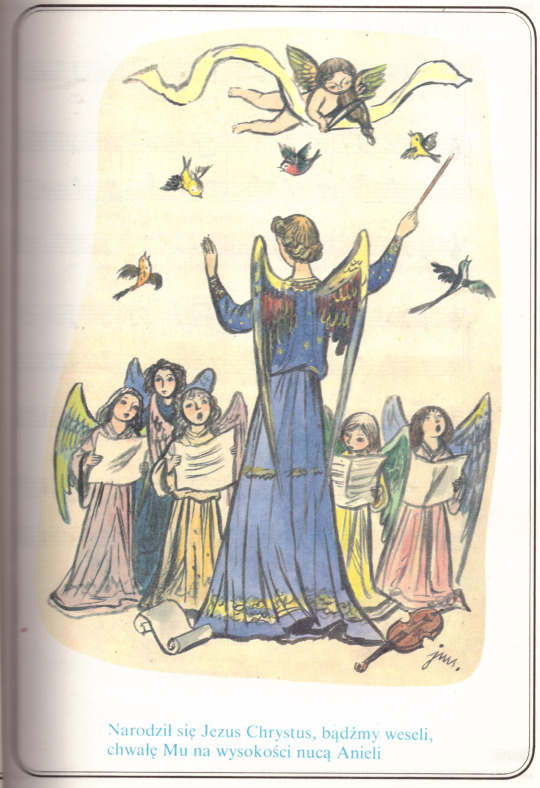





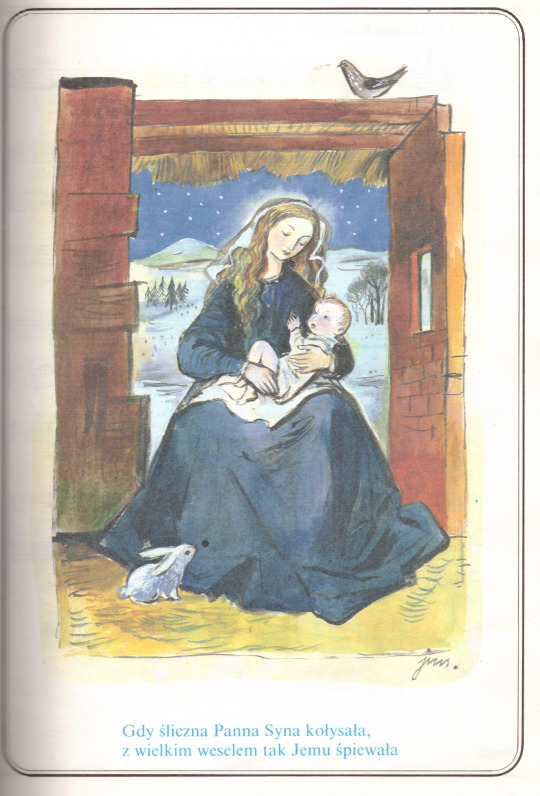
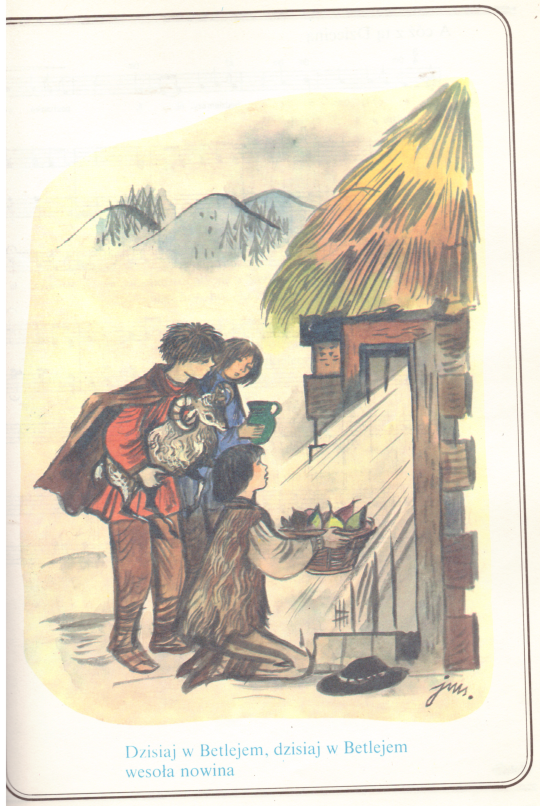

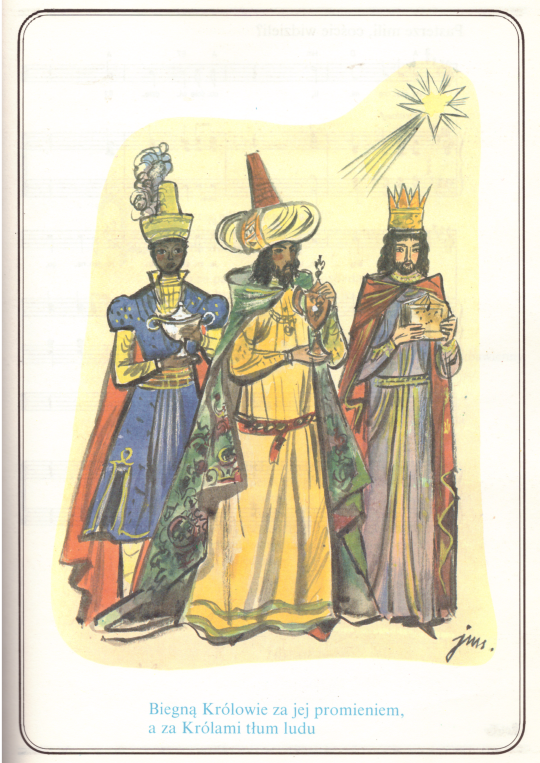

Jan Marcin Szancer
#christmas carols#songbook#christmas#illustration#children's books#christmas traditions#slavic tradition#angels#polish artist#polish art#christmas songbook#jan marcin szancer#folk art#szopka#carolers#turoń#nativity#my upl#masks#adoration of the magi#adoration of the shepherds#my scan#prl#polish people's republic#christmas tree
19 notes
·
View notes
Text
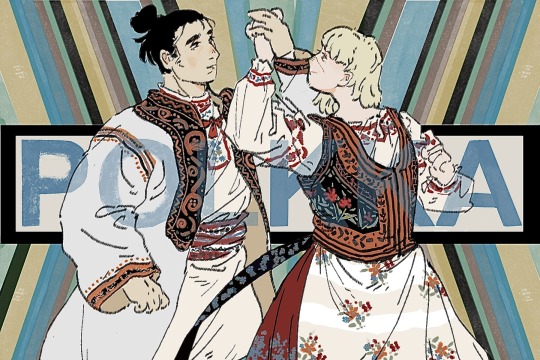
Here is my daily dose of Slavic power and kind of a Valentine's Day special
#chi: about the movement of the earth#chi: on the movements of the earth#orb: on the movements of the earth#okubade#poland#polska#polka#i chose to spell polkka because it looks like polska#tell me polkka is a real word in Finnish right#otherwise this would be super awkward#slavic culture#slavic tradition#slavic folklore#slavic#folk art#folk fashion
12 notes
·
View notes
Text
Rakvice🇨🇿
Some beautiful Moravian dresses/costumes from Rakvice, a village/municipality in the South East of Czechia🇨🇿.
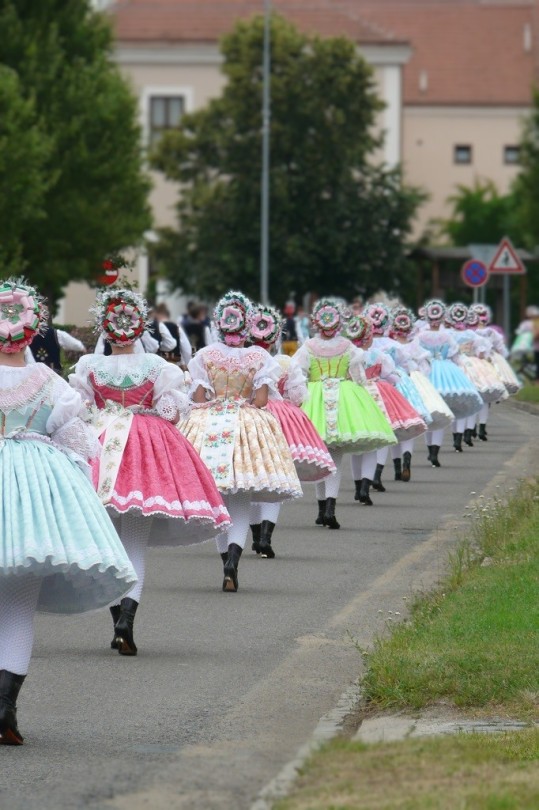

This place has wonderfully preserved their beautiful culture.

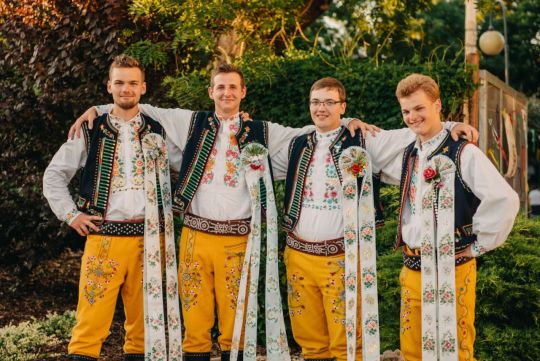
You will notice with Moravian dresses, women tend to have large, puffy dresses with their distinctive huge, wide skirts and abundant petticoats underneath.


In many regions in South Moravia, men's costumes typically include a long white embellished ribbon with a decorated cockade on the right side of their vests as you can see above.


I managed to find some older photos from 1959 too❤️

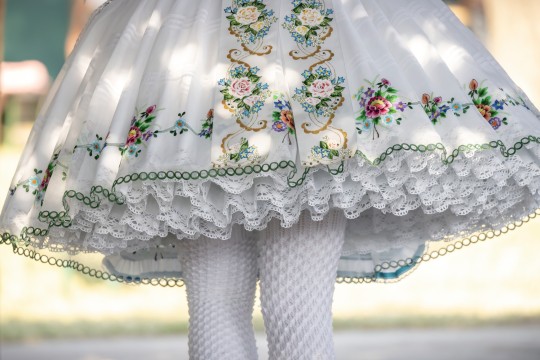
A traditional dress/costume in Czech & Slovak is called a "Kroj" (pronounced like kroi). I love how highly and beautifully embellished each garment is from here❤️
#slavic#slavic culture#folk#folklore#slavic tradition#tradition#czech republic#czechia#czech girl#moravia#czech folklore#czech tradition#moravian folklore#morava#moravian tradition#czech traditional dress#moravian dress
271 notes
·
View notes
Photo

i always miss my aunties this time of year...
#Мaсленица#maslenitsa#slavic folklore#slavic tradition#slavic folk art#ukrainian folk#russian folk#belorussian folk#eastern slavic#eastern orthodox#pancake week#eastern slav#slavic mythology#slavic food#easter
82 notes
·
View notes
Text
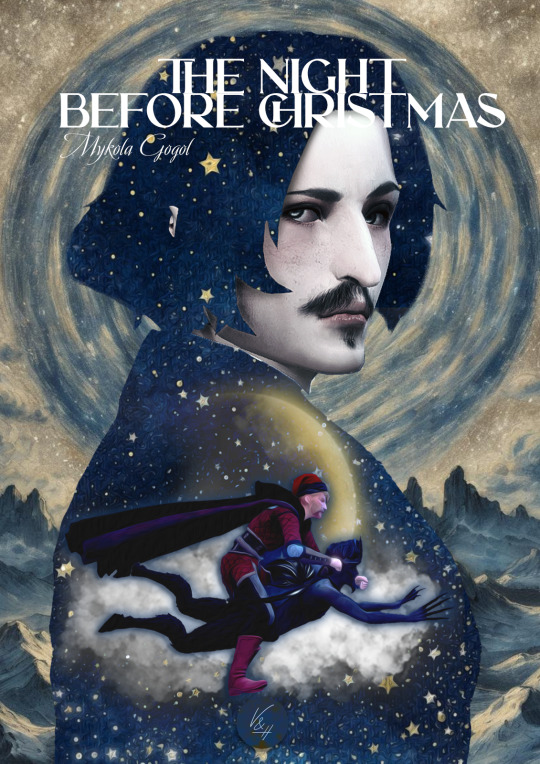
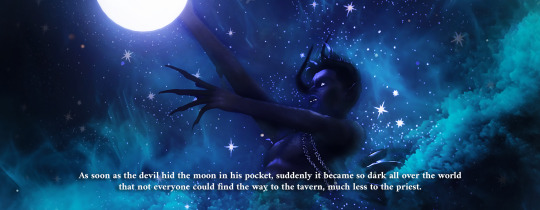


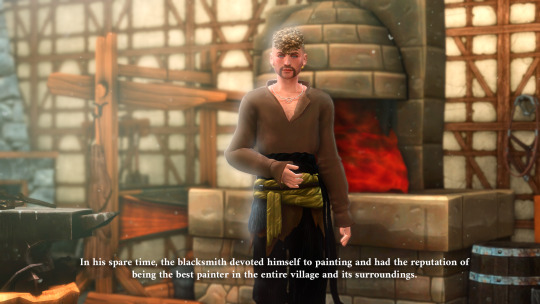
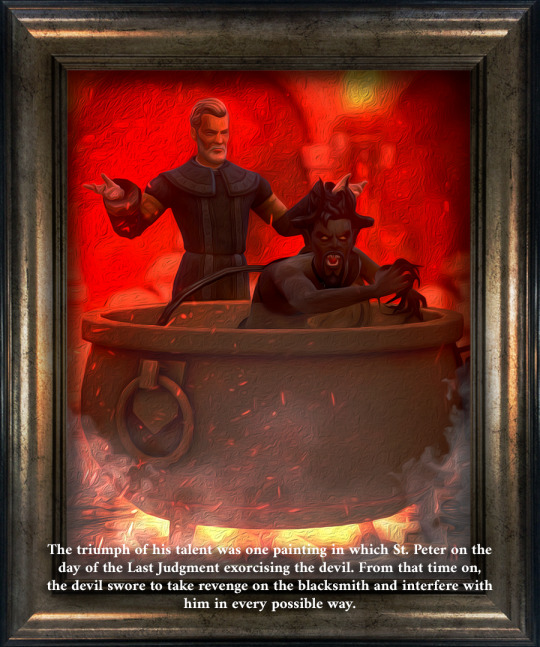

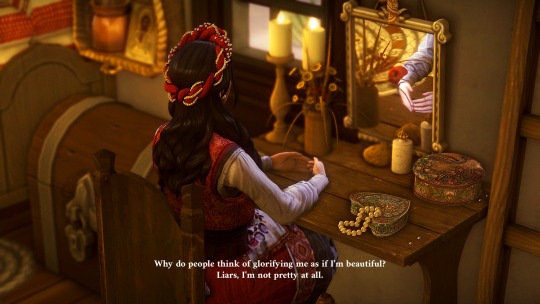
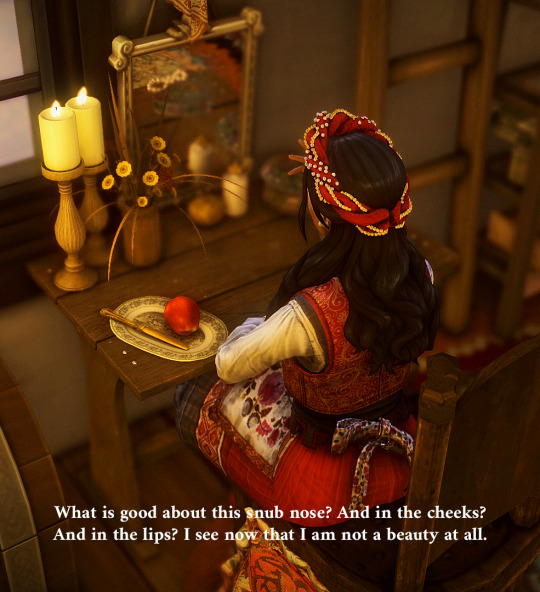
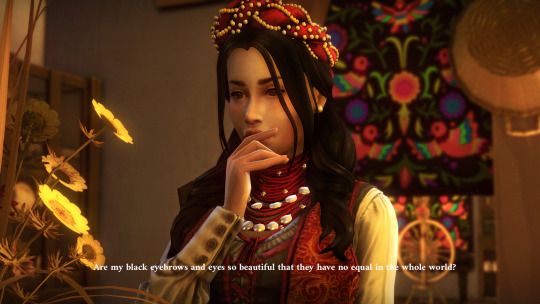
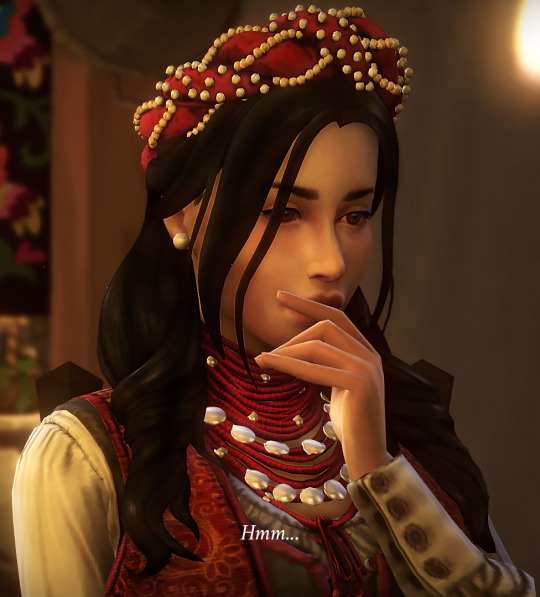
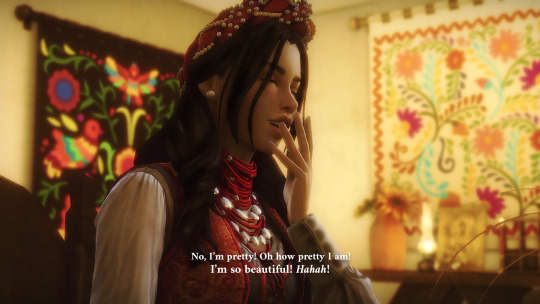

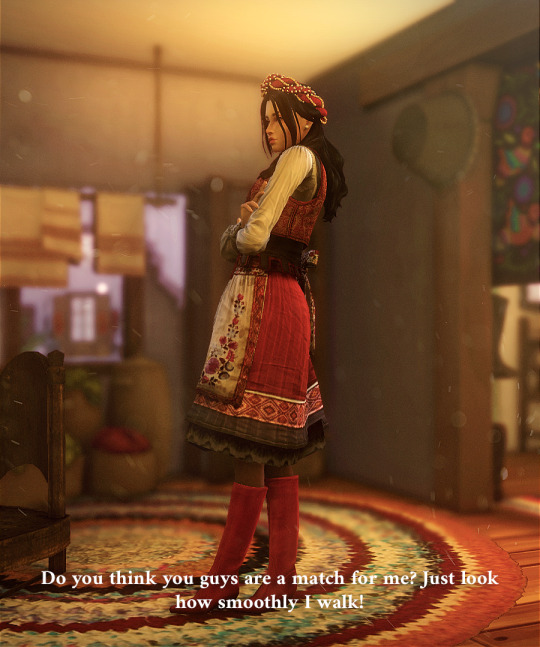
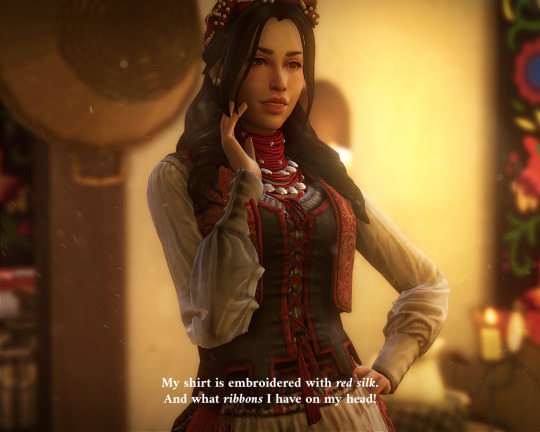



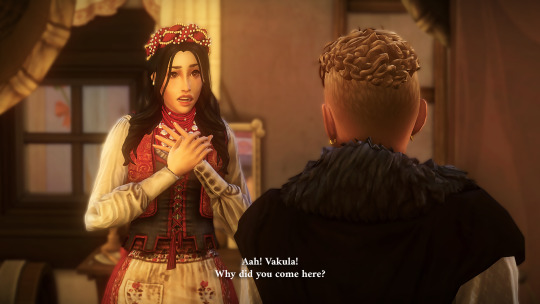
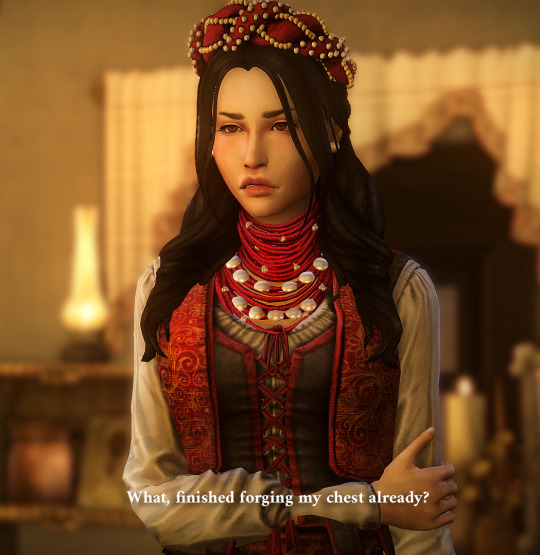


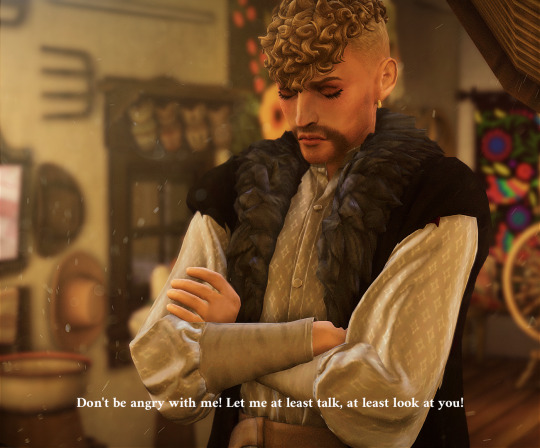

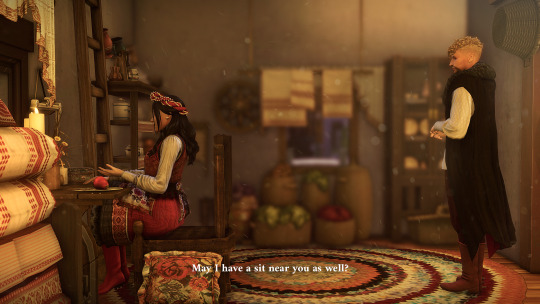





To be continued...
It's a bit late for Christmas stories, but hey, it's still winter ☃️❄️🌨️
I used a lot of CC so if you need something particular, don't be afraid to ask
#sims#the sims 4#sims 4#ts4#simblr#sims 4 historical#ts4 historical#sims 4 story#ts4 story#ts4 christmas#ts4 folklore#slavic folklore#slavic mythology#slavic tradition#ukrainian culture#ukrainian traditions#vermutandherring
39 notes
·
View notes
Text
About this new Ukrainian film "Mavka: The Forest Song", the whole story, script and animation are so perfect, I really loved the movie.

But I was researching a little more, and I found this old art concept of Mavka in a 2017 trailer and, wow. Don't get me wrong, I really loved the film the way it was released, but am I the only one who kind of, preferred this first version?
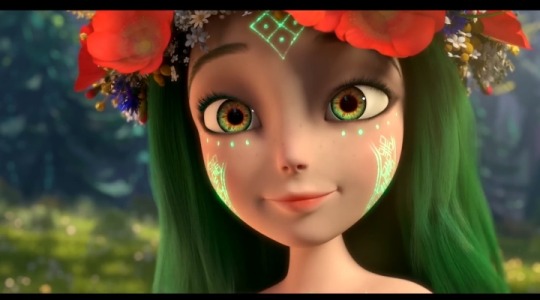
Like, look at her! ♡
#mavka the forest song#ukraine#animated movies#ukrainian folklore#slavic folklore#mavka#ukrainian mythology#slavic tradition#female directed films#female directed movies#Ukrainian movies#art concept#nature
13 notes
·
View notes
